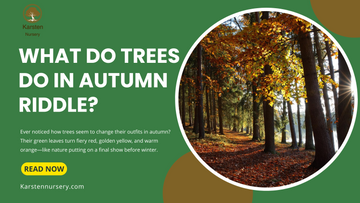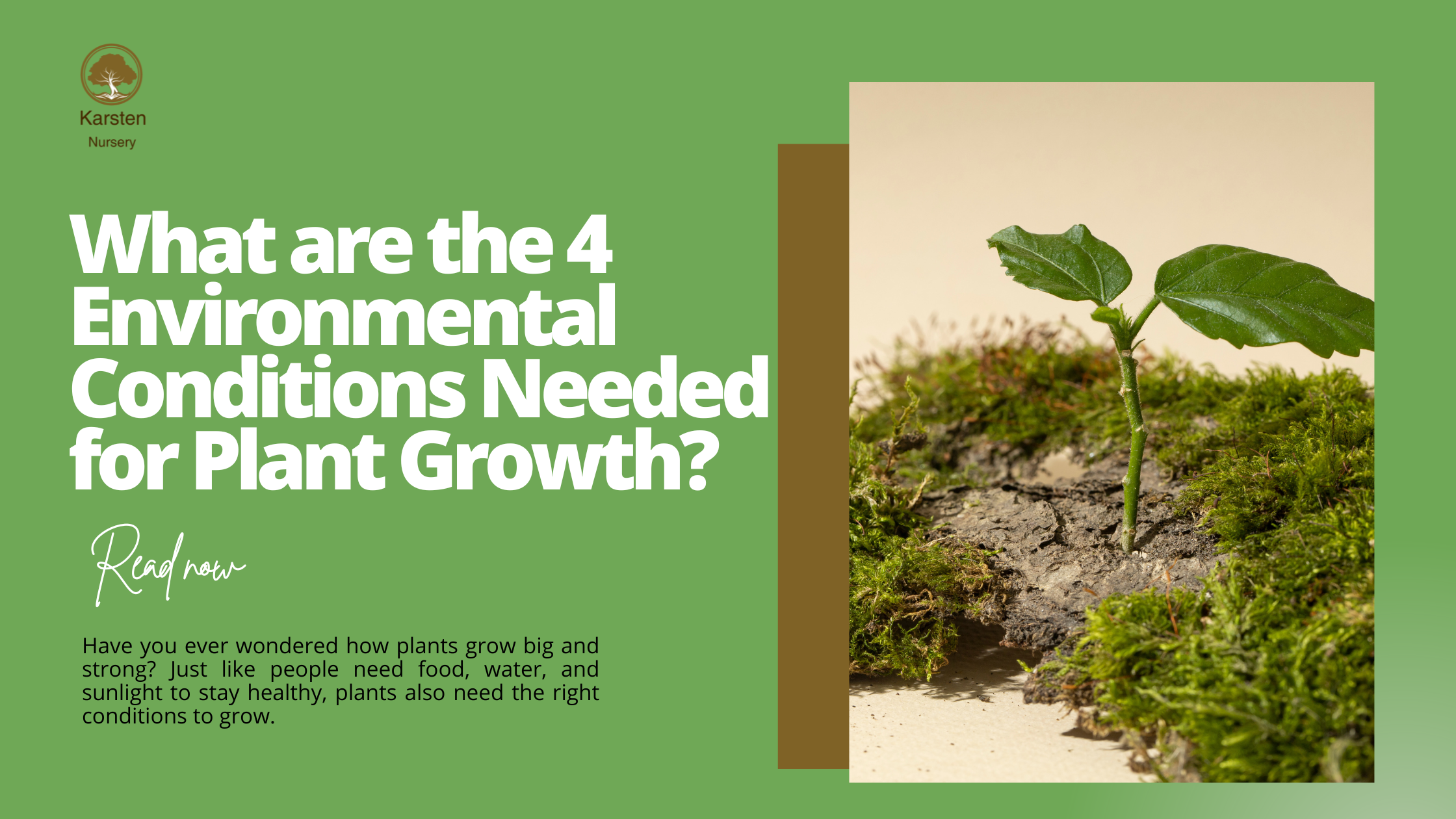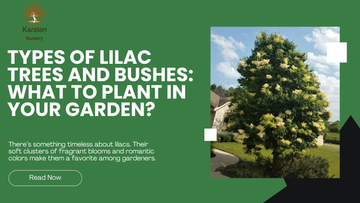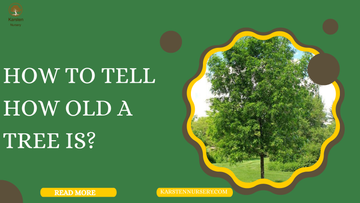
Ever noticed how trees seem to change their outfits in autumn? Their green leaves turn fiery red, golden yellow, and warm orange—like nature putting on a final show before winter.
But if you’ve heard the riddle, “What do trees do in autumn?”, you know there’s a playful twist hiding behind the falling leaves. Let’s uncover the answer hidden in this seasonal mystery!
Trees Let Go: Nature’s Way of Saying Goodbye to Summer
The most famous answer to what do trees do in autumn riddle is simple: they drop their leaves. It’s nature’s way of prepping for winter. But there's a lot more going on beneath the bark.
Why do leaves fall off trees in autumn? Deciduous trees (the ones that lose their leaves) prepare for colder weather by cutting off water to their leaves. Without water, the green chlorophyll breaks down, revealing yellow, red, and orange pigments in colorful autumn trees!
This leaf-shedding helps trees conserve energy and moisture during harsh winters when water is scarce, and sunlight is weak.
Quick-Specs: Leaf Fall Essentials
-
Season: Autumn (September–November)
-
Tree type: Mostly deciduous (like oak, maple)
-
Main reason: Conserve water and energy
-
Visual result: Vibrant, changing leaves
-
Ecological benefit: Enriches soil with leaf litter
Painting the Season: Trees in Their Autumn Glory
Here’s where autumn trees truly shine. The shift from green to fiery reds, deep purples, and golden yellows is what makes autumn leaves tree photos so irresistible.
So, why do leaves change color in the fall? As trees prep for winter, chlorophyll (the green pigment) fades. Other pigments like carotenoids and anthocyanins take the stage. Maple trees, for example, go bold red. Oak trees? Often russet and brown.
And guess what? The weather matters. A dry, sunny autumn with cool (but not freezing) nights makes for the brightest colors. Nature really is the best artist.
Time to Rest and Reset: How Trees Prepare for Winter?
Underneath all that fall flair, trees are doing something less visible—but just as important. They’re entering a resting phase. Think of it as a deep, slow breath in.
This downtime allows trees in autumn to save resources. Growth slows, and energy is stored in roots, waiting for spring. Like a phone switching to low-power mode, trees reduce their metabolic activity. No wasting energy on growing when there’s frost ahead.
That’s why trees that lose their leaves are better suited for regions with cold winters—they’ve evolved to pause and protect themselves.
Also Read: How to Protect Plants from a Freeze?
How Trees Nourish Life in Fall?
 When trees drop their leaves, they’re not just making a mess—they’re feeding the ecosystem. This leaf fall becomes mulch, creating nutrient-rich soil that supports life underground.
When trees drop their leaves, they’re not just making a mess—they’re feeding the ecosystem. This leaf fall becomes mulch, creating nutrient-rich soil that supports life underground.
These autumn leaf fall events also serve as shelter and food for bugs, fungi, and microorganisms. And for bigger creatures? Fallen leaves offer hiding spots, warmth, and a mini ecosystem during winter.
Even the trees benefit. As leaves decay, they release nutrients right back into the soil—right where the tree needs them when spring rolls around.
Dropping Their Guard: Trees Shed Leaves for Protection
Another angle to our riddle? Trees aren’t just “letting go” of leaves—they’re shedding what is no longer useful. In many cases, trees drop their leaves to protect themselves.
In snowy climates, a full canopy would catch snow and ice, weighing down branches until they snap. By losing their leaves, trees reduce surface area and prevent damage. It’s all about survival.
Why do deciduous trees lose their leaves in autumn? Because sometimes, less is more. It's nature’s version of trimming the fat—and it works beautifully.
The Quiet Magic of Autumn Trees
 Beyond all the science, there’s something quietly magical about trees in fall. The crisp air, the crunch underfoot, the blaze of colors before the quiet hush of winter—this season slows us down.
Beyond all the science, there’s something quietly magical about trees in fall. The crisp air, the crunch underfoot, the blaze of colors before the quiet hush of winter—this season slows us down.
People love pondering riddles on summer season, spring, winter, and of course, autumn. But few riddles feel as wise as this one: what do trees do in autumn?
They change. They let go. They prepare. And they make everything just a little more beautiful while doing it.
Summary Table: Autumn Trees At a Glance
|
Feature |
Detail |
|
Tree Type |
Mostly deciduous (e.g., maple, oak, birch) |
|
Leaf Color Changes |
Green → red, orange, yellow, brown |
|
Scientific Reason |
Chlorophyll breakdown + pigment reveal |
|
Ecological Role |
Soil enrichment, habitat creation |
|
Risk Management |
Snow-load reduction via leaf drop |
|
Emotional Effect |
Visual inspiration, seasonal reflection |
Final Thoughts
Autumn is nature’s way of reminding us that change can be beautiful. When trees let their leaves fall, put on dazzling colors, and quietly prepare for winter, they show us the magic of transformation and renewal. Understanding these natural rhythms helps us appreciate the wonder behind the seasons—and the trees that make them so special.
Looking to bring the beauty and resilience of autumn into your own garden? Explore Karsten Nursery’s Hybrid Super Trees—designed for stunning color and superior strength. For more information, visit us today and discover the perfect tree for your space!
FAQs
1. What do trees do in autumn?
In autumn, trees especially deciduous trees shed their leaves, slow down their growth, and prepare for winter. This process conserves energy and water while also protecting the tree from snow damage and cold temperatures.
2. Why do leaves fall off the trees in autumn?
Leaves fall off trees in autumn due to a natural process called abscission. As daylight shortens and temperatures drop, trees cut off nutrients and water to their leaves. Without chlorophyll, the green fades and leaves eventually detach and fall.
3. Why do deciduous trees lose their leaves in autumn?
Deciduous trees lose their leaves to survive the winter. Shedding leaves reduces water loss and prevents the tree from sustaining damage due to snow and ice buildup. It’s a smart survival strategy in cold or dry climates.
4. Why do trees lose their leaves in autumn?
Trees lose their leaves in autumn to conserve resources, protect themselves from winter stress, and recycle nutrients back into the soil. It’s an efficient way to hit pause before the growth season returns in spring.
5. What does autumn do to trees?
Autumn triggers several changes in trees: leaf color transformation, nutrient reabsorption, and eventually leaf fall. Trees shift into dormancy, focusing energy on root preservation and winter readiness.
Read more relevant blogs as well. What are the 4 Environmental Conditions Needed for Plant Growth?
What are the 4 Environmental Conditions Needed for Plant Growth?




